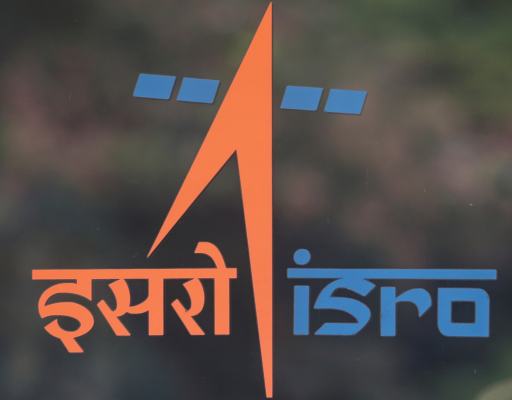
BENGALURU (PTI): ISRO has successfully carried out two more tests as part of plans to further validate and refine the performance of the propulsion system that would be used to launch India's first human spaceflight mission Gaganyaan.
The "hot tests" on Gaganyaan Service Module Propulsion System (SMPS) were conducted at the ISRO Propulsion Complex, Mahendragiri, in Tamil Nadu on Wednesday.
The Gaganyaan project envisages demonstration of human spaceflight capability by launching a crew of three members to an orbit of 400 km for a three days mission and bring them back safely to earth, by landing in Indian sea waters, according to ISRO.
"These tests will further validate and refine the performance of the propulsion system, ensuring its readiness for the upcoming Gaganyaan mission," it said.
"These tests (carried out on July 26) marked the second and third hot tests in the Service Module System Demonstration model (SM-SDM) phase 2 test series. The first hot test was conducted on July 19, 2023," the Bengaluru-headquartered national space agency said in a statement.
ISRO said three more hot tests are scheduled, to demonstrate de-boosting requirements and off-nominal mission scenarios.
The SMPS is designed and developed by the Liquid Propulsion System Centre located at Bengaluru and Valiamala, Thiruvananthapuram.
During the tests on Wednesday, the thrusters were operated in both continuous and pulse mode, in sync with the mission profile.
The initial hot test which lasted for 723.6 seconds focused on demonstrating Orbital Module injection and the calibration burn of 100 Newton thrusters and Liquid Apogee Motor (LAM) engines.
"The calibration burn was essential to identify and isolate any non-operational engines. The LAM engines and reaction control system (RCS) Thrusters performed as expected," the statement said.
"The latter hot test, with a duration of 350 seconds, aimed to demonstrate the circularisation of the Orbital Module to achieve the final orbit. During this test, the LAM engines operated in continuous mode, while the RCS Thrusters fired in pulse mode," it added.
 Previous Article
Previous Article












The Indian Air Force, in its flight trials evaluation report submitted before the Defence Ministry l..
view articleAn insight into the Medium Multi-Role Combat Aircraft competition...
view articleSky enthusiasts can now spot the International Space Station (ISS) commanded by Indian-American astr..
view article